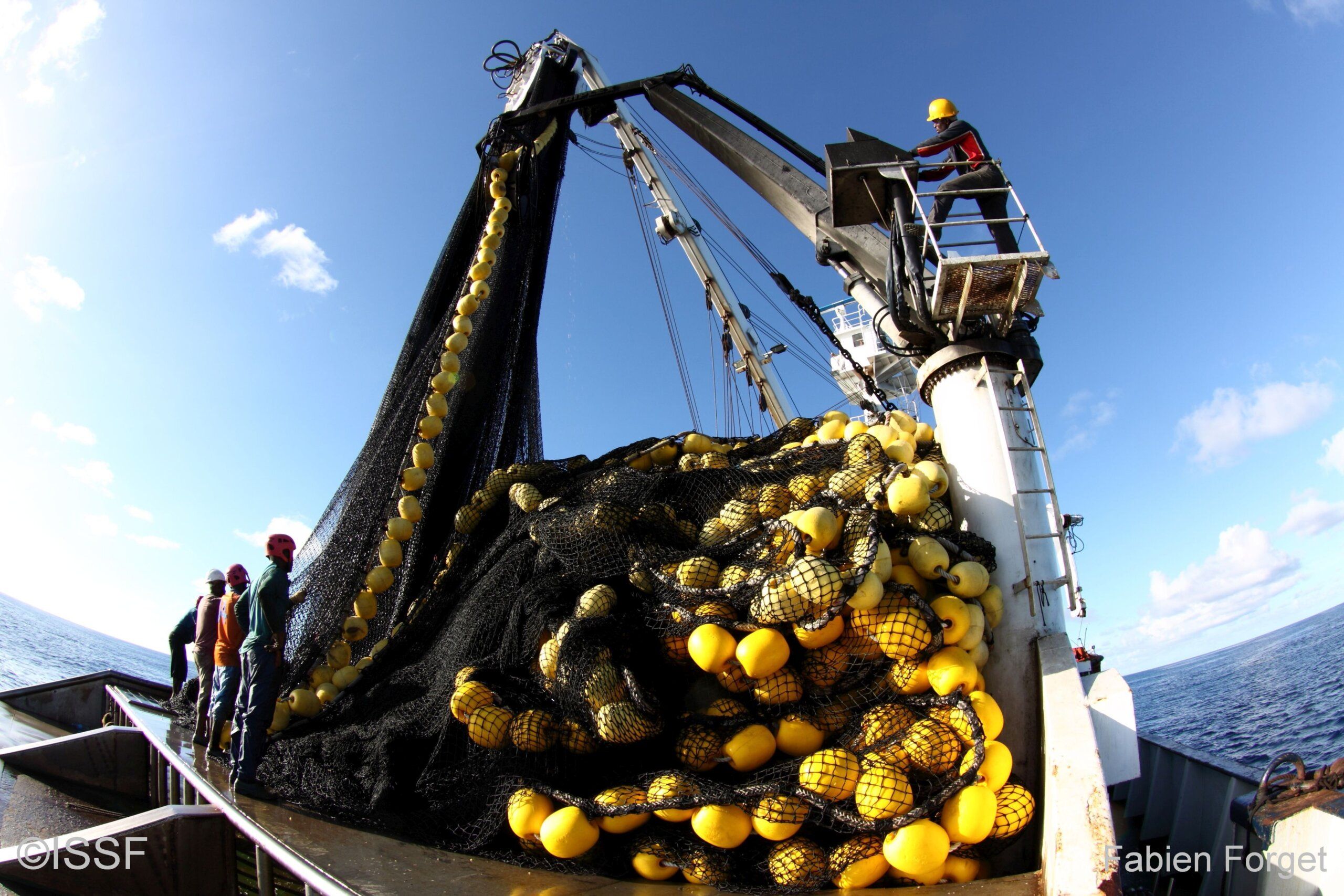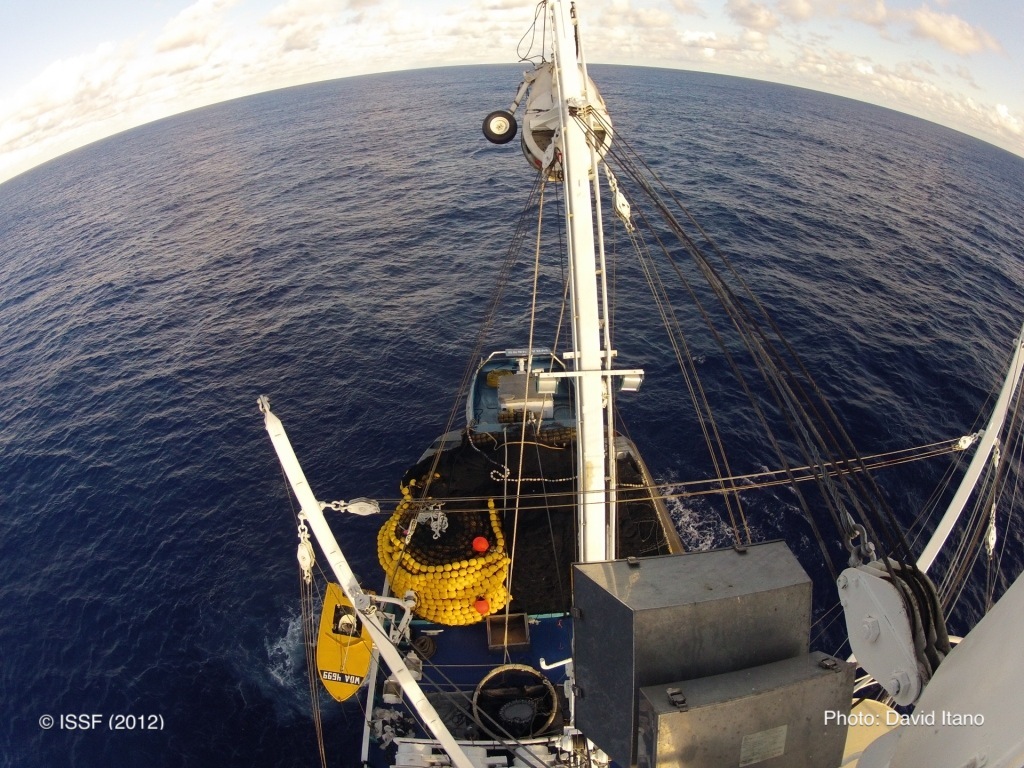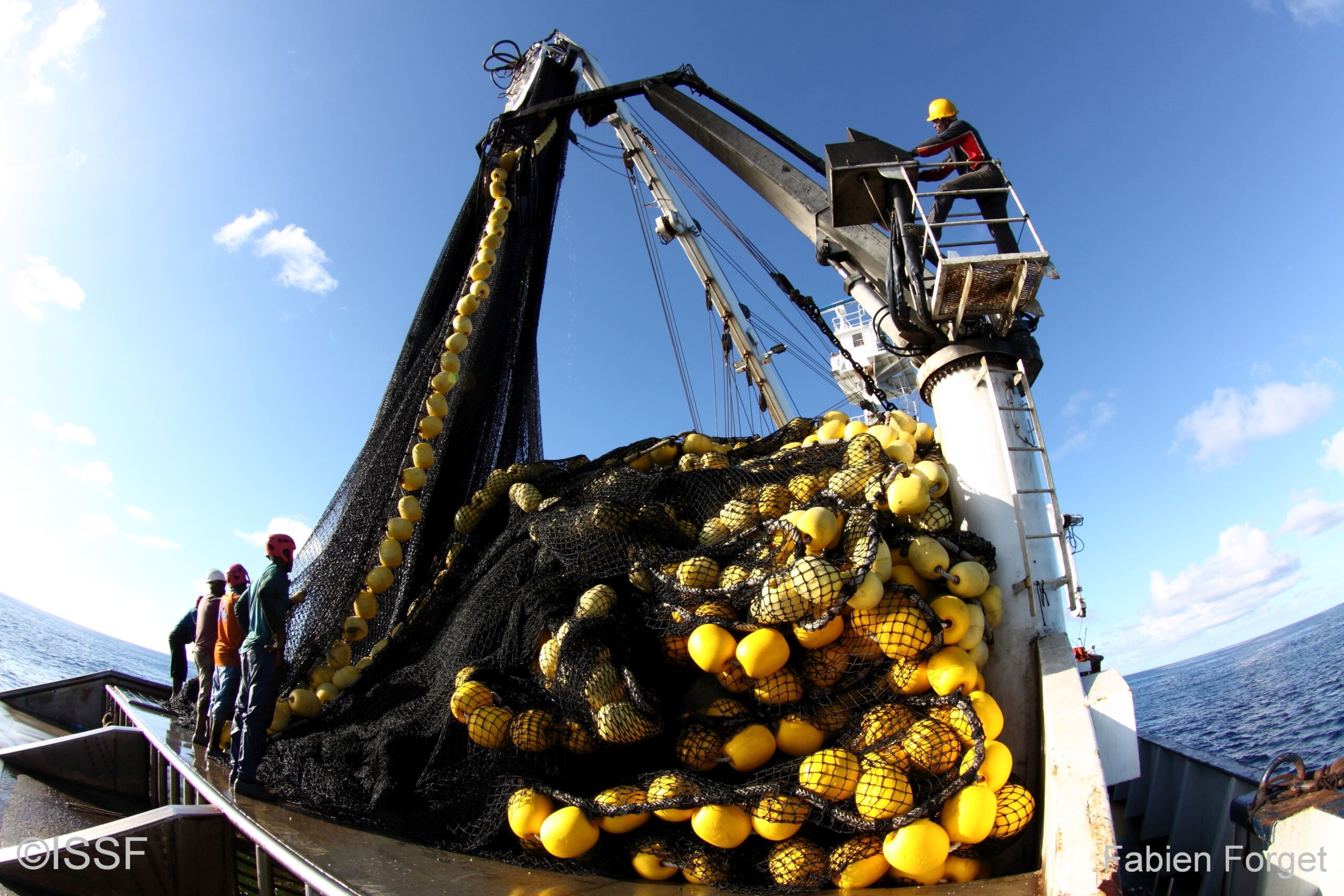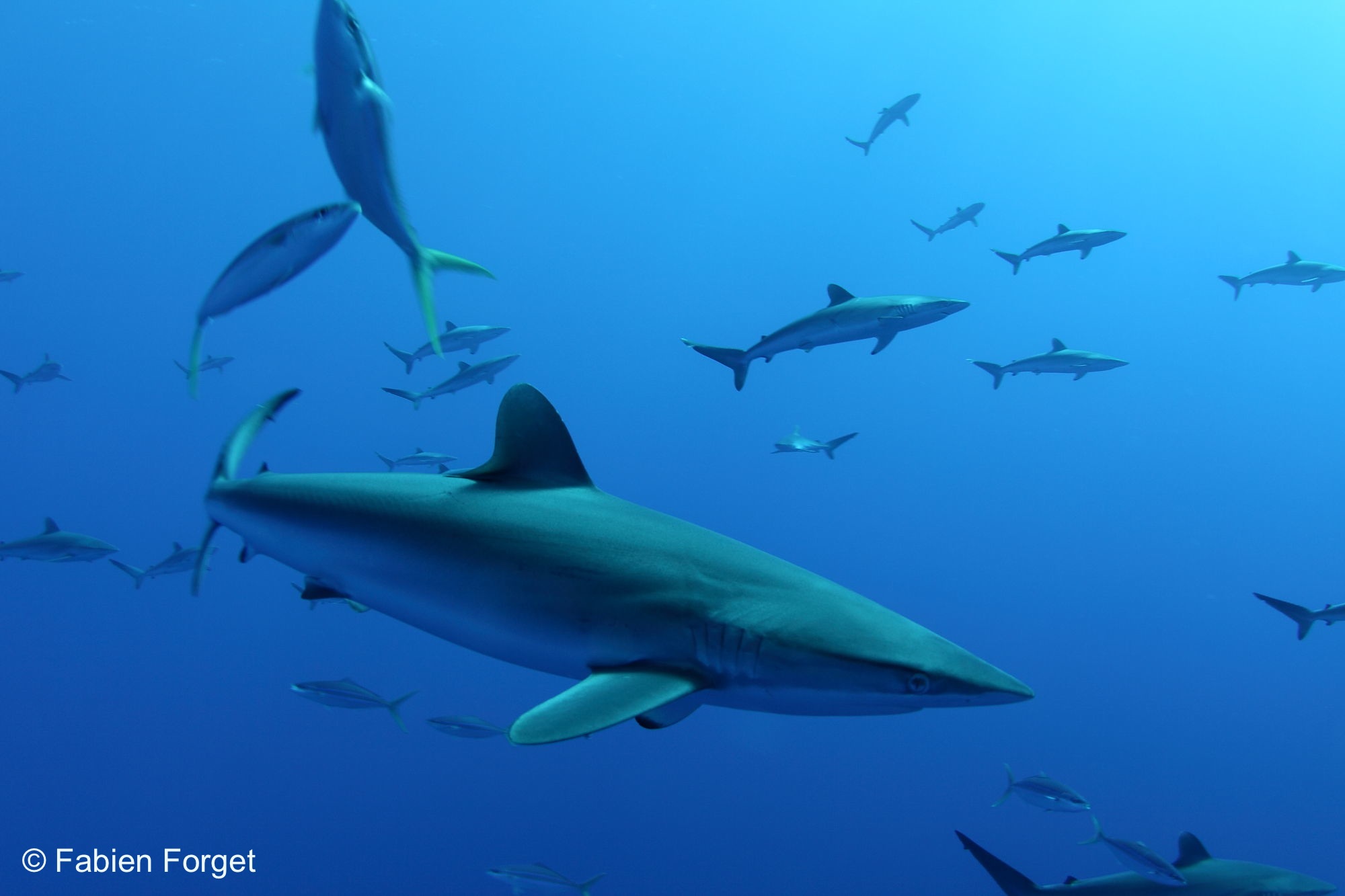
Progress Made at IOTC: ISSF Applauds New Measures for Skipjack, Bigeye, and Sharks, Urges Further Action
In March, we reflected on the importance of the Indian Ocean Tuna Commission (IOTC) maintaining momentum on science-based tuna conservation and effective monitoring of its fisheries. As the IOTC annual meeting concludes with significant progress accomplished, the Commission still has more work to do to align its measures with the necessary reforms stakeholders like ISSF had asked for.
Here’s our overview of the outcomes across key priority areas.
Compliance: Signs of Progress, but Still Patchy
Member state compliance with regional fisheries management organization (RFMO) regulations remains the cornerstone of effective fisheries management. While we welcome minor amendments and streamlining efforts in the compliance framework, actual compliance by CPCs (Contracting Parties and Cooperating Non-Contracting Parties) remains uneven or declining. For accountability to be meaningful, all CPCs must be compliant with their IOTC obligations and undertake corrective action when found non-compliant.
Tuna Stock Conservation and Harvest Strategies: Good Outcomes, But Could be Better
The IOTC outcomes on tuna stock conservation demonstrated the ongoing tension between scientific advice and political compromise. Strong IOTC member cooperation enabled agreements to move forward; however, the ultimate conservation impact of the measures remains uncertain.
Yellowfin: The latest stock assessment shows yellowfin has moved into the “green” zone, offering a bright spot. Considering the uncertainties recognized by the IOTC in its stock assessment, we’re pleased that the Commission has tasked its Scientific Committee with clarifying those uncertainties — doing so will confirm if yellowfin is rebuilding and help ensure that an effective measure is adopted next year.
Skipjack: IOTC agreed on a total allowable catch (TAC) resulting from the skipjack Management Procedure (MP) that was allocated among CPCs — a significant step toward helping to maintain the stock at sustainable levels. However, reaching agreement required provisions that, if fully utilized, risk catches that exceed the TAC, as in previous years. This outcome weakens the potential impact of the new measure and may undermine the integrity of the skipjack MP.
Bigeye: Amendments were adopted to apply the new bigeye TAC under the MP and to allocate the catch by countries. But catch limits were not applied across all fleets and, as a result, if all CPCs maximize their fishing opportunities, the new measure may run counter to effective catch controls and operation of the MP.
On a positive note, the three Indian Ocean tropical tuna species are currently under a quota regime. In addition, the IOTC continues to develop other MPs or harvest strategies: A technical correction was adopted for the swordfish MP, and a blue shark management strategy evaluation was embraced by the Commission. Work on albacore and yellowfin tuna MPs is also progressing, with ISSF contributing technical support to these processes. Though not headline-making, this behind-the-scenes work is vital for long-term sustainability of IOTC species.
Shark Protections & Bycatch Mitigation: A Step, But Not a Leap
Our position statement emphasized the need to strengthen management for sharks in Indian Ocean fisheries, and we are pleased by progress on this priority request.
A new measure on shark conservation includes the requirement that shark fins be naturally attached (FNA) for all landings. But, like similar shark measures in other tuna RFMOs, the new measure includes the option for FNA alternatives. ISSF remains concerned that allowing for these alternatives could undermine the effectiveness of such measures.
The new IOTC measure also includes the prohibition of shark lines while allowing the use of wire tracers in a specific area, if CPCs can demonstrate that wire traces do not increase shark mortality. Unfortunately, the latter aspect limits the measure’s immediate ability to reduce shark mortality.
Finally, although best practices for shark and mobulid handling were adopted, similar practices for cetaceans were not. ISSF welcomes the improvements on bycatch mitigation and shark conservation adopted by the IOTC, and we hope these are the first of many more progressive steps in this direction.
Electronic Monitoring & Observer Coverage: A Critical Silence
Regrettably, there was no meaningful discussion on increasing the current minimum 5% observer coverage in the IOTC. Considering the newly adopted EM standards, the growing demand for vessel-level transparency, and data gaps that better observer coverage (both human and electronic) could address, this inaction is a serious missed opportunity.
Transshipment & VMS: A Better Path Ahead
The Commission adopted small but positive steps on transshipment and vessel monitoring. ISSF has been calling for IOTC to require authorized carrier vessels to be flagged to IOTC CPCs. We are pleased that this call was answered and are hopeful that this will ensure all transshipments vessels are under IOTC oversight.
Conclusion: Incremental Gains, But the Bar Can Be Higher
We recognize that many IOTC members offered genuine compromises this year to yield encouraging steps. ISSF applauds the spirit of cooperation that was evident at this year’s IOTC Commission Meeting. Nonetheless, ISSF remains concerned about weak compliance, diluted conservation measures, and insufficient focus on monitoring and bycatch mitigation. For the IOTC to fulfill its mandate, CPCs must continue to enhance their efforts for science-based management and effective monitoring.


